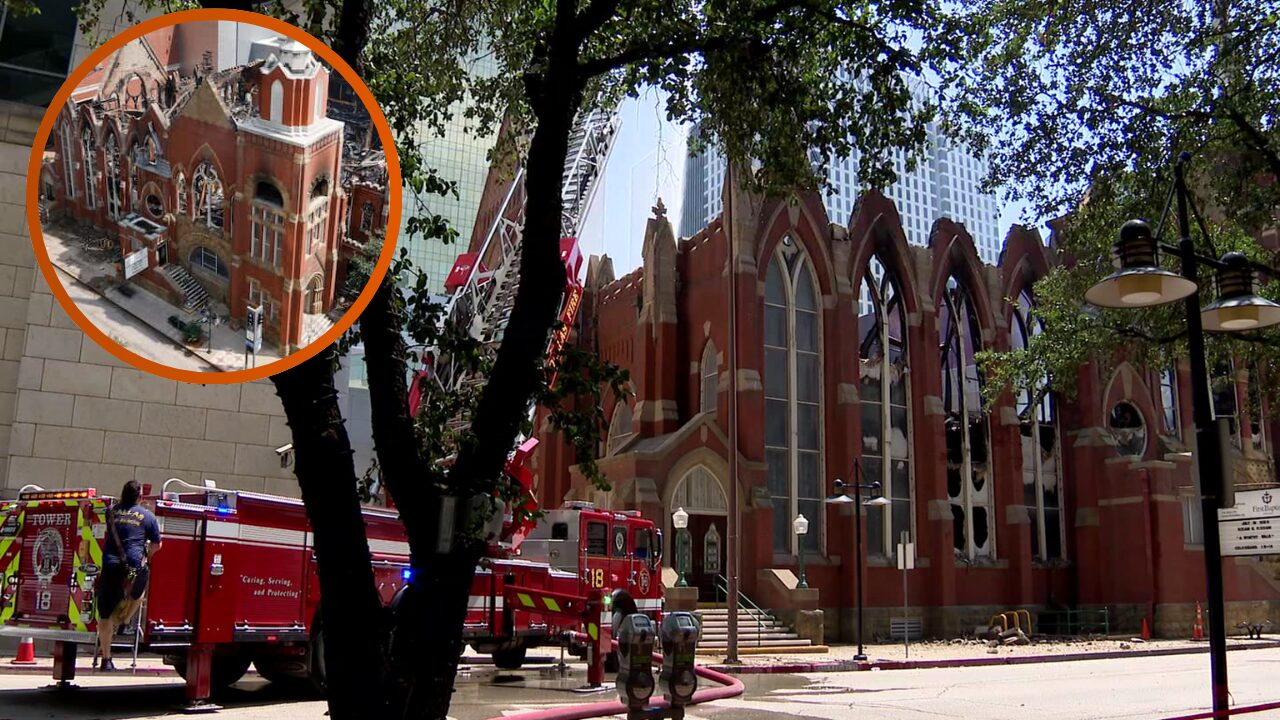
NTSB Report Reveals Left Wing Dip in Fatal Plano Plane Crash
NTSB’s preliminary report unveils critical details of the Plano plane crash, indicating a left wing dip moments before the fatal descent, leading to the tragic death of the 87-year-old pilot.
The National Transportation Safety Board (NTSB) unveiled harrowing details surrounding the Nov. 21 plane crash in Plano, Texas, indicating a pivotal left wing dip moments before the tragic descent that claimed the life of the pilot, 87-year-old Elzie Monroe McDonald.
In the recently released preliminary report, the NTSB chronicled the moments leading up to the crash that occurred around 5:48 p.m. near local shops and dining spots. The crash, which involved a Mooney M20C, took place in a parking lot, resulting in McDonald’s fatality and sparking a fire that extended to an unoccupied car nearby.
The flight, originating from Eagle Roost Airpark in Aguila, Ariz., was intended for Plano, where McDonald planned to visit family and friends. Witnesses observed the plane’s attempt to land at Air Park-Dallas Airport, situated within Addison Airport’s airspace, which lacks an air traffic control tower.
During the attempted landing, the aircraft executed a go-around maneuver. Witnesses and surveillance footage depicted the plane’s left wing dipping perpendicular to the ground, initiating a near-vertical descent moments before the crash less than a mile from the airport.
NTSB investigators detailed the wreckage, revealing the main body’s inversion, separation of the engine, and specific damages consistent with a nose-low impact. The site displayed signs indicative of extended landing gear, shedding light on the devastating sequence of events leading to the tragic incident in Plano.












